People's life (Mexico) by Tatiana Torres G, Alejandra Delgado (best ereader for pdf TXT) 📖

- Author: Tatiana Torres G, Alejandra Delgado
Book online «People's life (Mexico) by Tatiana Torres G, Alejandra Delgado (best ereader for pdf TXT) 📖». Author Tatiana Torres G, Alejandra Delgado
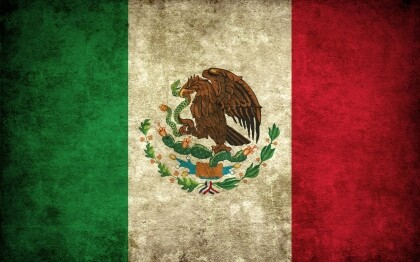 Mexico has progressed greatly in the last decade in the quality of life of its citizens, especially in the areas of education, health and employment. However, Mexico is in a low position in many of the themes "for a Better Life Index".
Mexico has progressed greatly in the last decade in the quality of life of its citizens, especially in the areas of education, health and employment. However, Mexico is in a low position in many of the themes "for a Better Life Index".
In Mexico, net disposable household income adjusted average is 12 732 USD a year, which was lower than the OECD average of 23 047 USD. But the gap between the richest and the poorest is considerable; population located in the top 20% of the income scale earn thirteen times what it perceives population occupies 20% less.

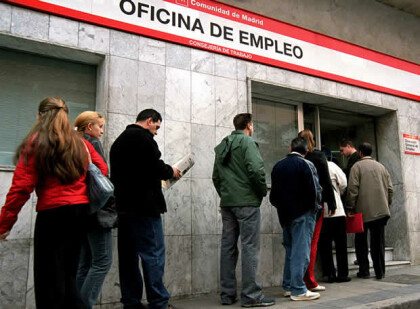

In terms of employment, about 60% of people between 15 and 64 years old in Mexico have gainful employment, lower than the OECD average of 66% figure. About 78% of men in paid employment, compared with 43% of women. In Mexico people work 2250 hours a year, more than most people in the OECD who work 1776 hours. Almost 29% of employees have a very long working hours, much higher than the OECD average of 9% figure; and among them, 35% of men work long hours compared with 18% of women.
Education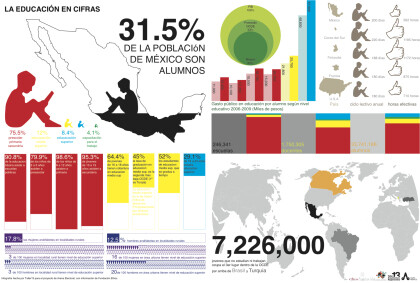
Mexico has made significant progress in education over the last twenty years. In 2004 the overall literacy rate was 92% and the literacy of young people (ages 15-24) was 96%. Primary and secondary education is free and compulsory throughout the country according to Mexican law.
Having a good education is an important prerequisite for employment. In Mexico, 36% of adults between 25 and 64 have earned the equivalent of a high school diploma, much lower than the OECD average of 74% figure. This applies slightly more for men than for women, and that 38% of them have successfully completed secondary education compared with 35% of women. Regarding the quality of the education system, students earned an average of 420 points in reading, mathematics and science in the Programme for International Student Assessment (PISA, for its acronym in English) of the OECD. This rating is lower than the OECD average of 497. On average in Mexico, girls outperformed boys by 2 points lower than the OECD average gap of 9 points figure.
Transportation in Mexico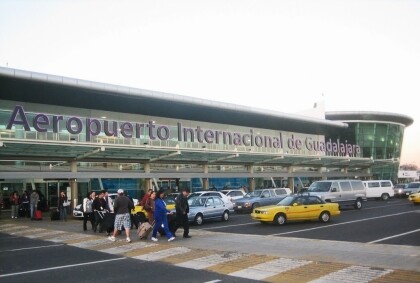
Airlines: The Mexican capital is the main destination of international airlines, although many have direct flights to tourist destinations such as Cancun, Ixtapa-Zihuatanejo, Manzanillo, Puerto Vallarta, Mazatlan, Los Cabos and Monterrey.
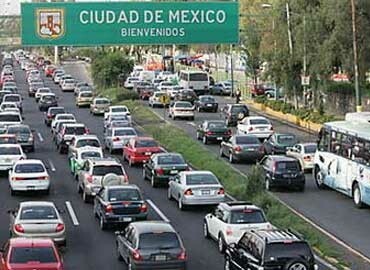
Automobile: To enter the country with a particular car you will require one Temporary Import Permit; You can obtain this with a document of title of the vehicle, your driving license and a fee or deposit.
If road driving require assistance you can call the number of the Green Angels (078), who will provide free support. Provide emergency services, first aid and information on the road conditions.
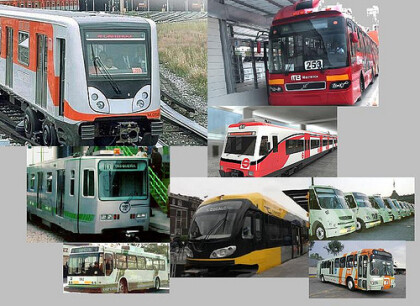
Buses: These are the most comfortable and economical way to travel between Average Mexican destinations. The executive class has the lowest price; has bathroom, TV and reclining seats. The Luxury (first class) has large reclining seats, TV, weather, beverage service and even snacks.
Passenger train: At present, only have a passenger train operating in the country: El Chepe. This is the ideal place to admire the majestic Copper Canyon, as well as the towns and cities that sit on mountains tour.
*OECD: Organization for Economic Cooperation and Development
ImprintTranslation: ATTG
Publication Date: 04-23-2014
All Rights Reserved





Comments (0)